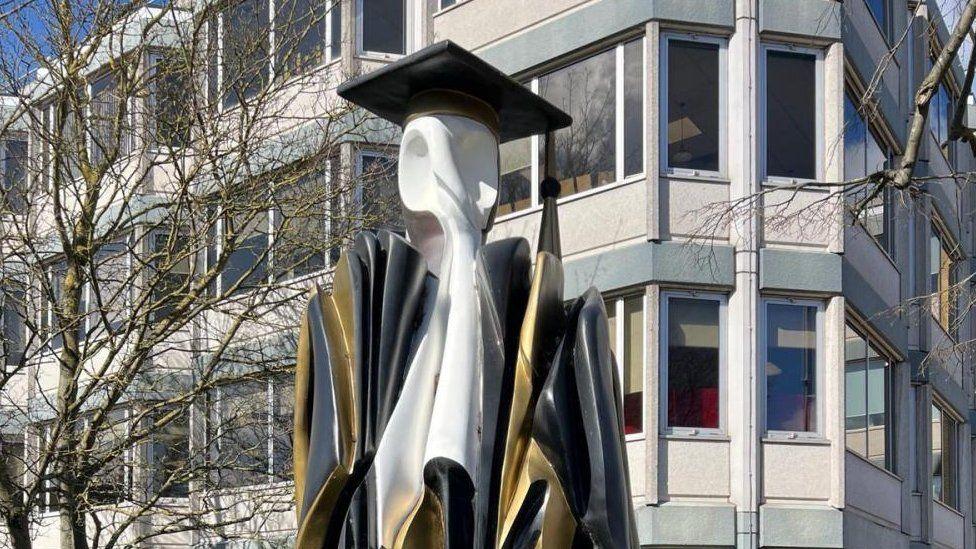'Eyesore' Prince Philip statue removed
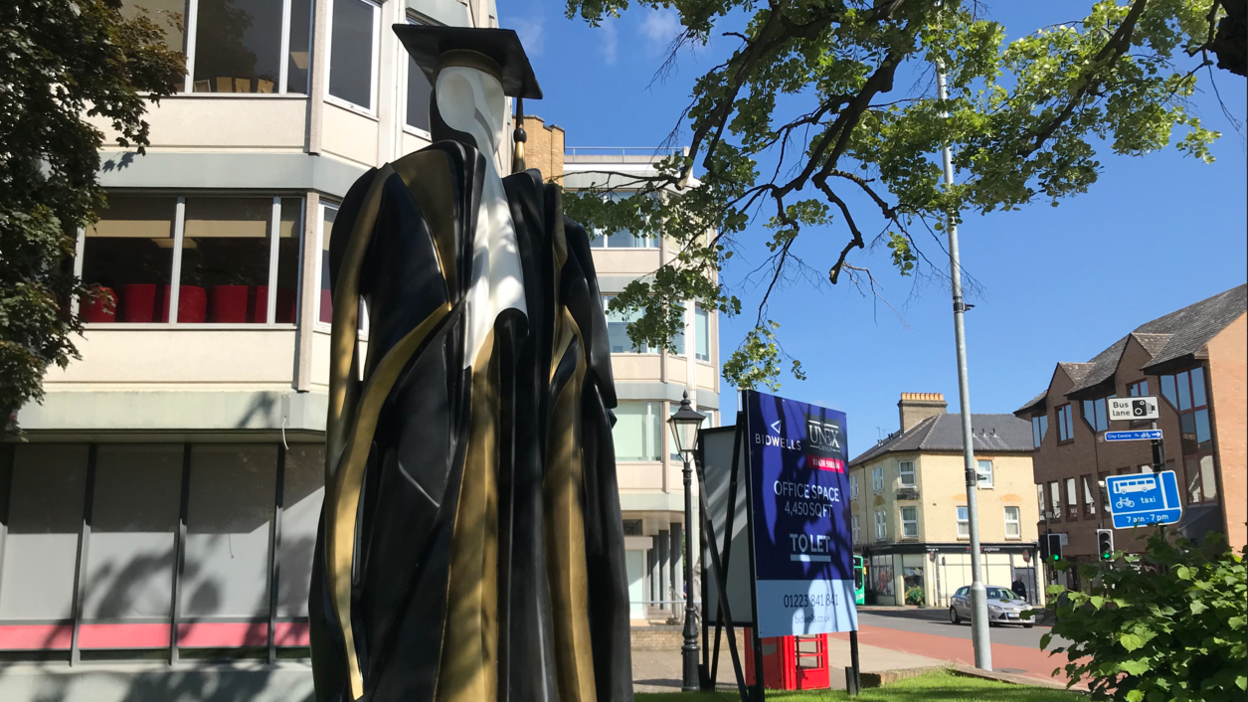
The Cambridge Don weights 3,000kg (6,613lb) and was moved to the ground of Charter House in the city in March 2023
- Published
An "eyesore" city centre statue representing Prince Philip has been removed.
The £150,000 Cambridge Don statue had stood at Hill Roads and commemorated the late prince's 35 years as chancellor of the University of Cambridge.
However, planners earlier this year told the owners and property firm Unex the four-metre (13ft) bronze figure breached planning regulations.
Unex disputed the fact it had needed planning permission, but the Planning Inspectorate sided with Cambridge City Council and dismissed Unex's appeal.
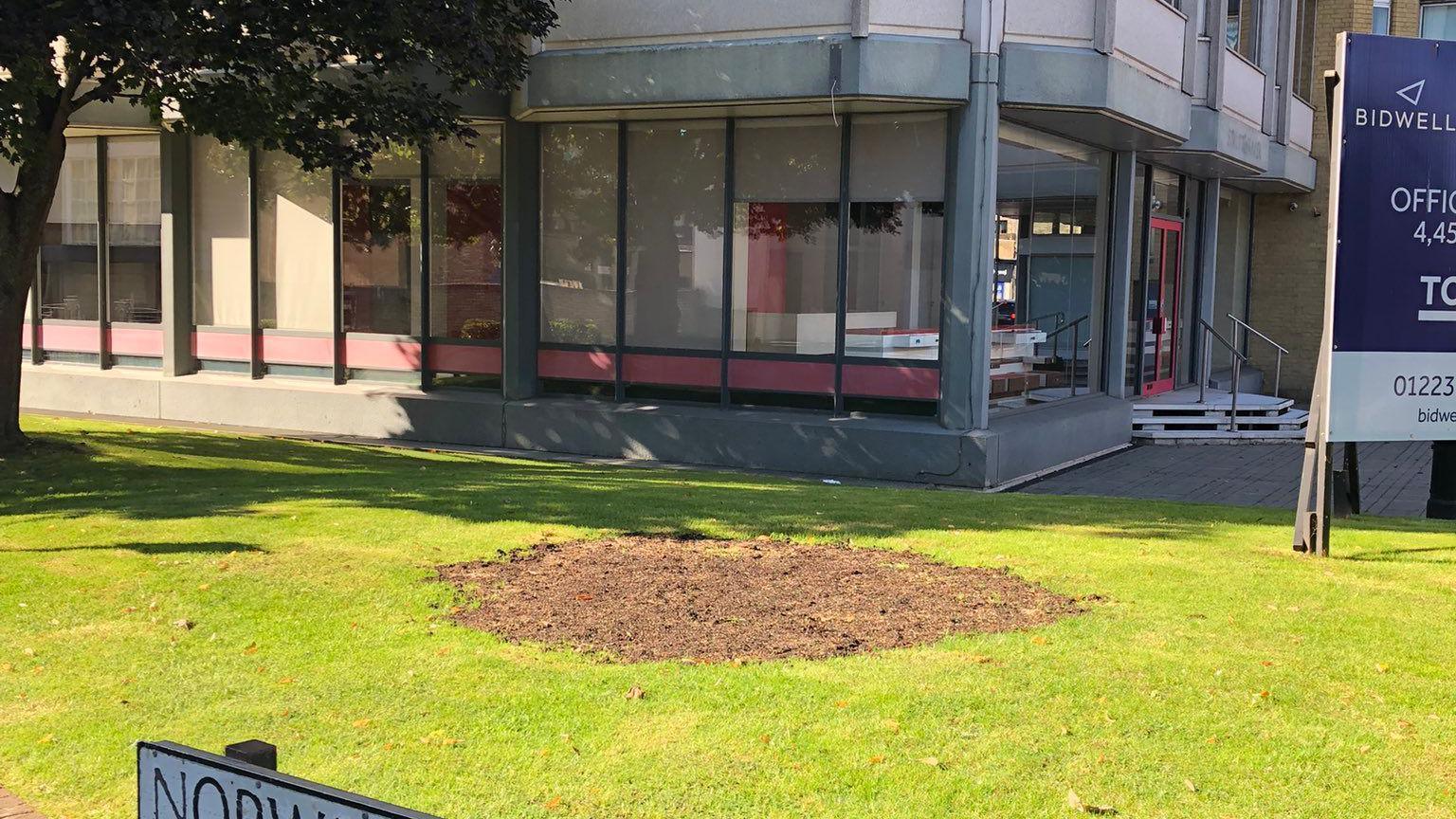
People in the city noticed on Saturday the statue had been removed
Phil Rodgers, a political commentator, external and former Liberal Democrat election agent, had said the sculpture was an "eyesore".
He said on X : "Fantastic news ... that an enforcement notice has been served to remove this eyesore in Hills Road."
City councillor Katie Thornburrow previously described the statue, bearing a plaque naming the late Duke at its base, as "controversial".
"It has been described as 'kitsch-like' and 'detritus masquerading as public art'," she said on her website, external.
A spokesperson for Cambridge City Council said it welcomed the Planning Inspectorate's decision, external on 11 September.
"The statue was erected without planning permission and was in breach of planning control like anything erected without the correct permission," they added.
"Given its size and location in the New Town and Glisson Road conservation area it would have been unlikely to receive planning approval even if it had been sought because it would have contravened national and local planning policies."
Unex representatives had argued as the statue had never been fixed to the ground, it was just an object placed in the area and therefore did not require planning permission.
However in the Planning Inspectorate's decision, external, it stated "both the sculpture and plinth constitute acts of development and that the sculpture should not be granted planning permission".
As the plinth was below ground level, Unex was not required to remove it and was allowed to cover it with soil and grass seed.
The landowner had four months to return the land to its former condition, according to the council.
Unex has been approached for comment.
Get in touch
Do you have a story suggestion for Cambridgeshire?
Follow Cambridgeshire news on BBC Sounds, Facebook, external, Instagram, external and X, external.
Related topics
- Published7 August 2024
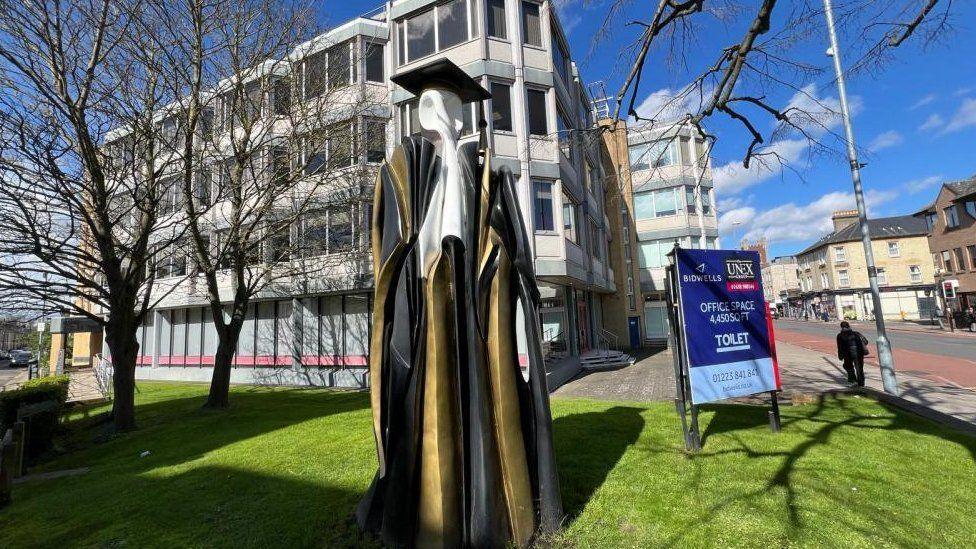
- Published27 March 2024
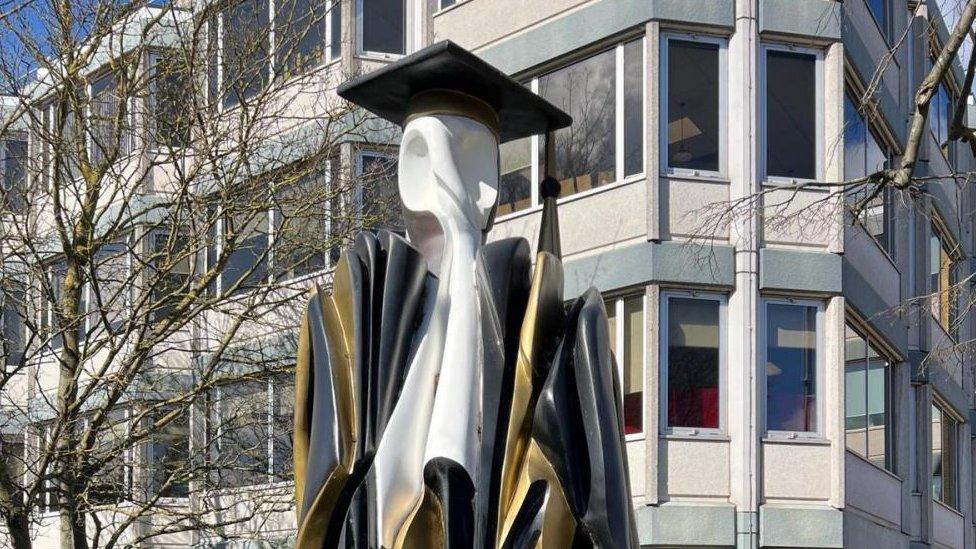
- Published26 June 2024
